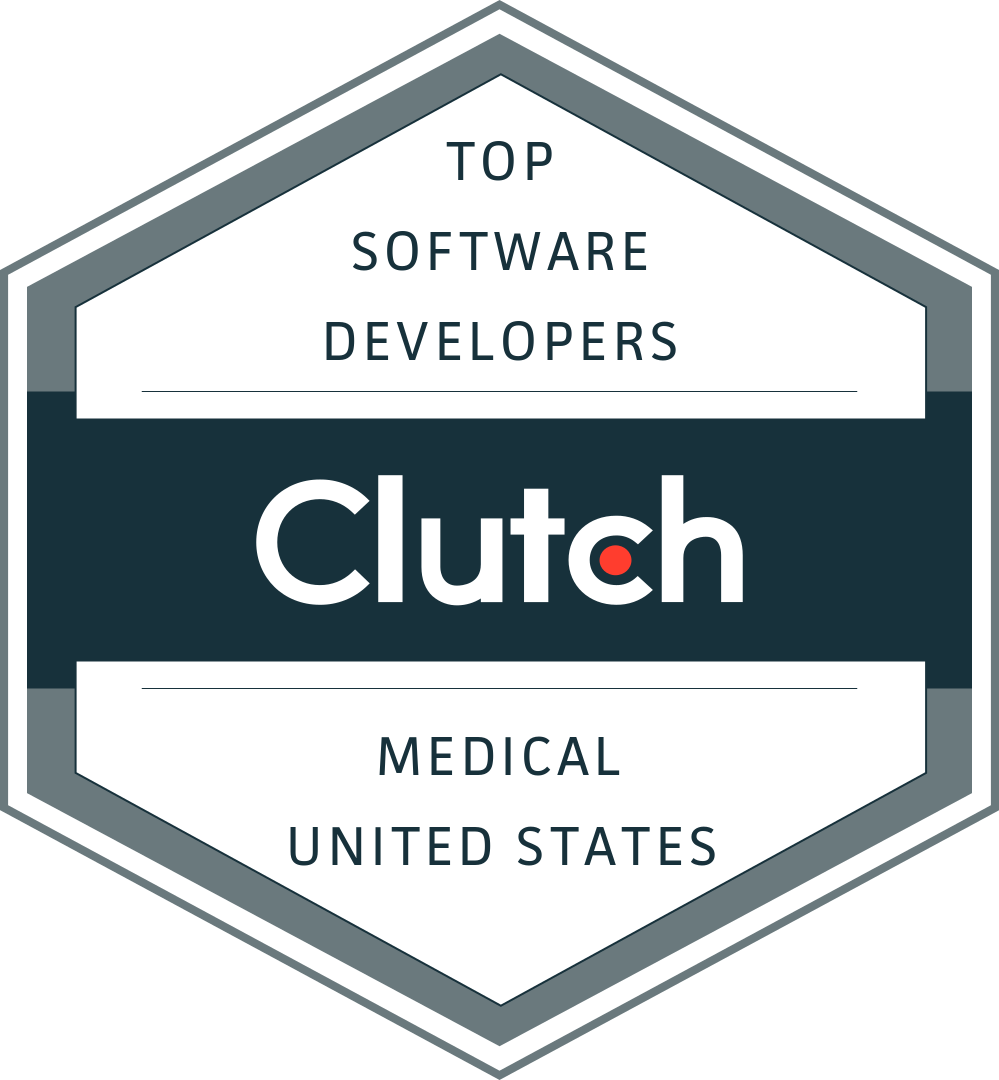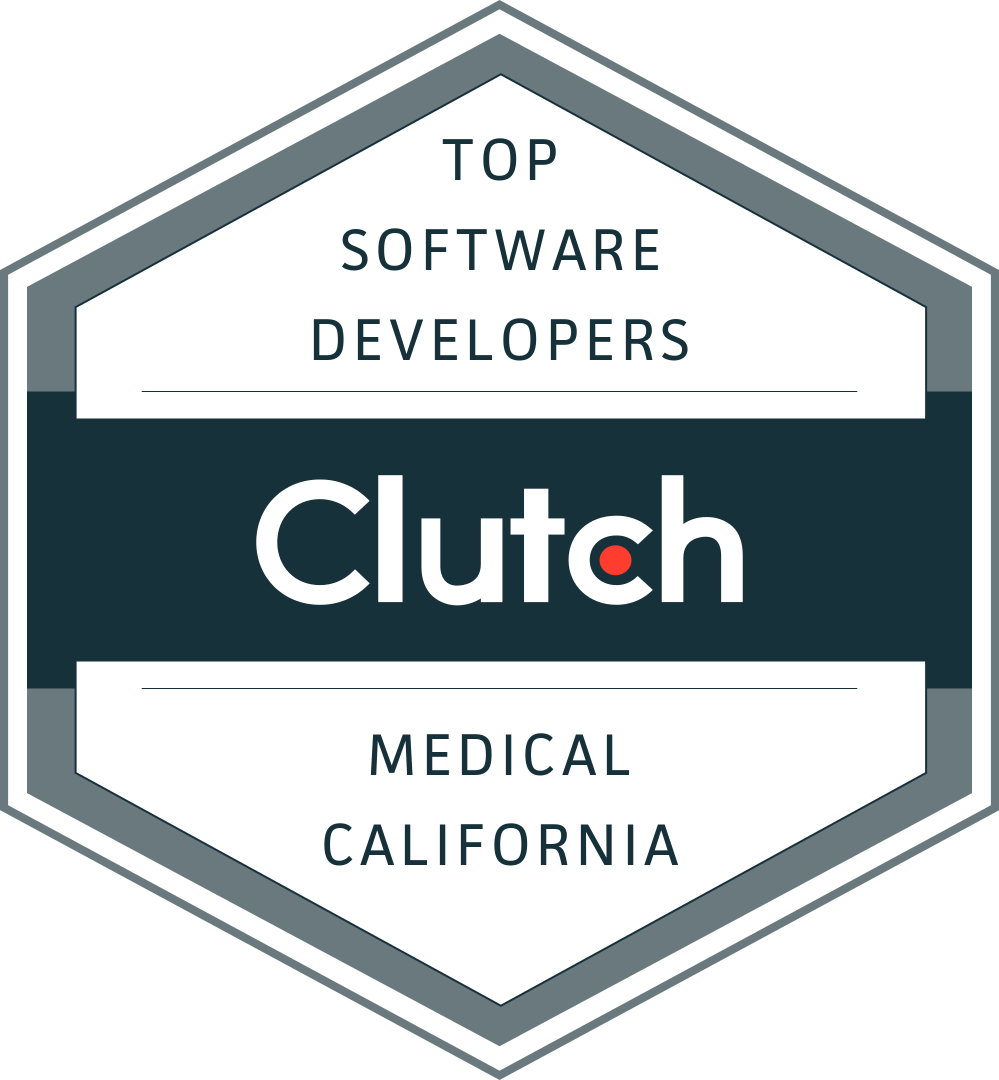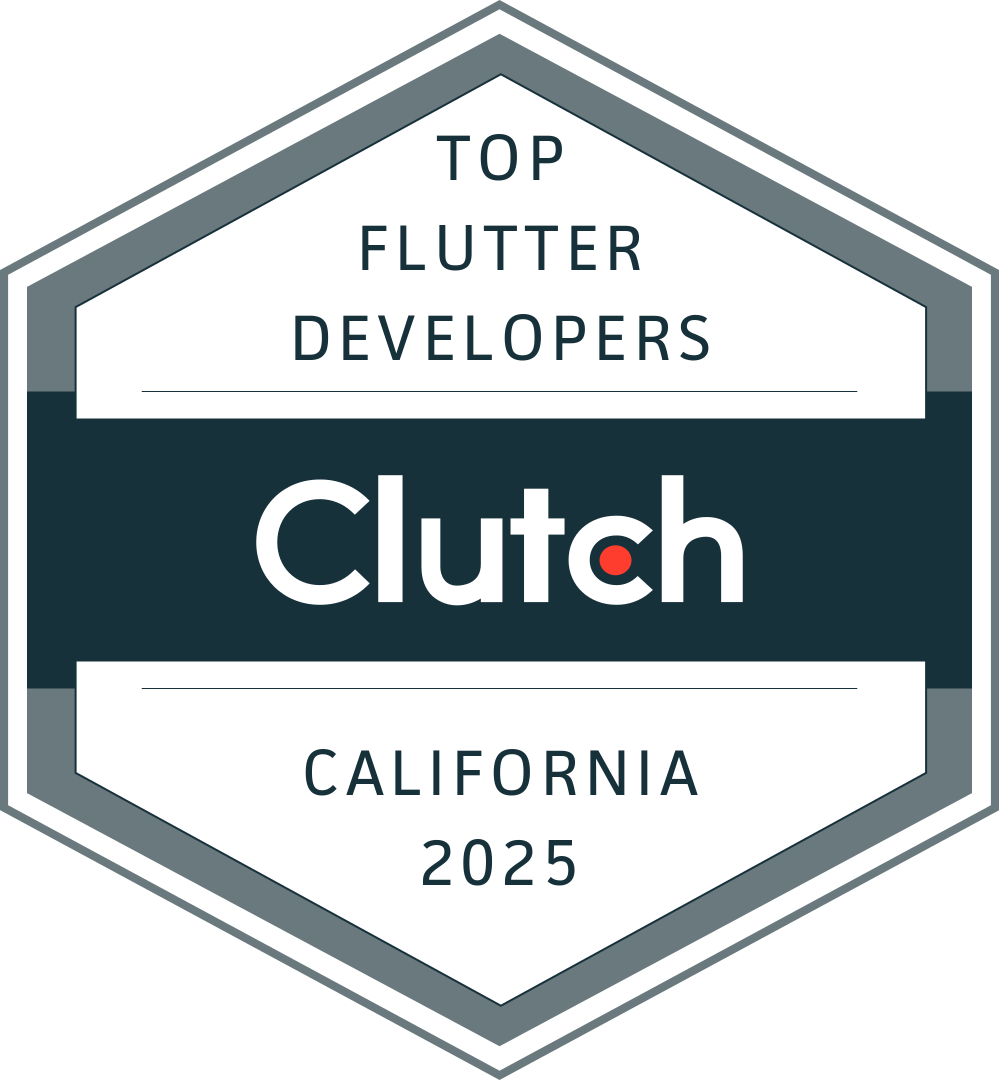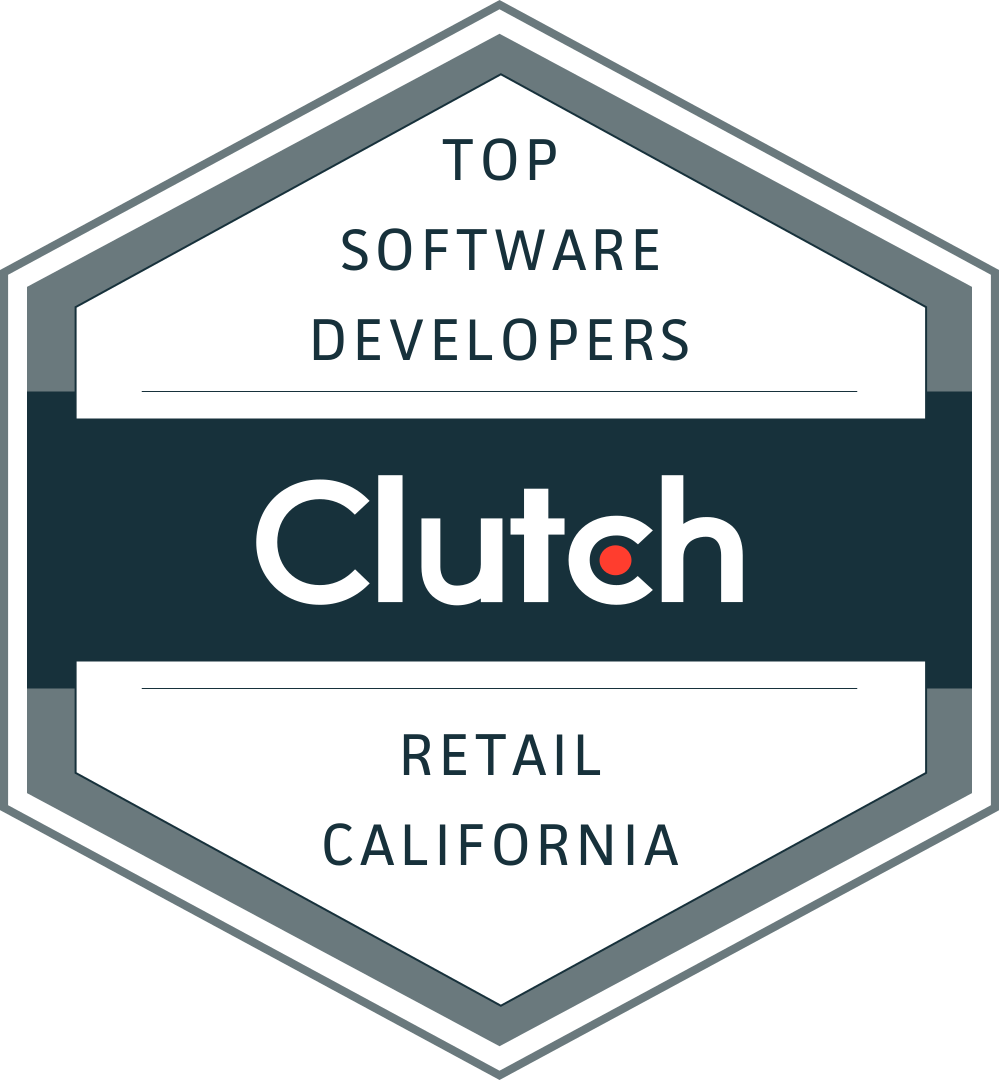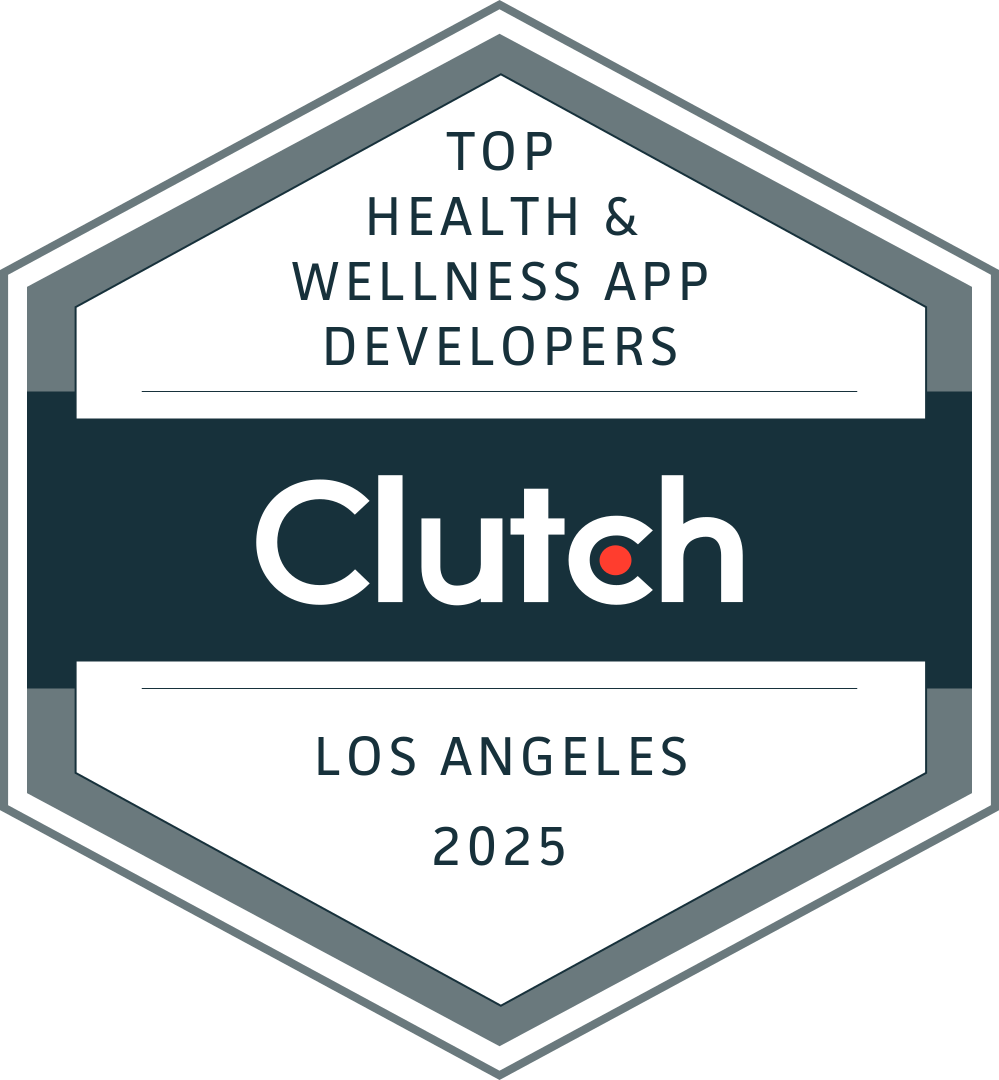Introduction In 2025, nearly every SaaS contract comes stamped with “AI included.” From EHRs to HRIS to billing tools, vendors promise instant efficiency with a single toggle switch. But here’s the catch: leaders across ABA networks, MSOs, and regional health plans are realizing these add-on AI features often come with 30–50% uplifts, vendor lock-in, and […]

Introduction
In 2025, nearly every SaaS contract comes stamped with “AI included.” From EHRs to HRIS to billing tools, vendors promise instant efficiency with a single toggle switch. But here’s the catch: leaders across ABA networks, MSOs, and regional health plans are realizing these add-on AI features often come with 30–50% uplifts, vendor lock-in, and limited adaptability to real workflows.
On the flip side, Custom AI offers control, compliance, and measurable ROI — but it requires upfront investment and governance.
So which is the smarter bet? For most mid-market healthcare organizations, the answer is neither SaaS nor Custom alone — but a blended approach.
The SaaS AI Promise (and Pitfalls)
SaaS AI is fast to turn on and feels low-risk. But the tradeoffs are real:
- Hidden cost: Per-seat markups that add 30–50% to license fees.
- Limited fit: One-size-fits-all predictions that don’t account for your workflows.
- Vendor lock-in: Your data and prompts often live in someone else’s cloud.
Executive takeaway: SaaS AI is fine for commodity workflows, but relying on it for compliance-sensitive or ROI-critical processes is risky.
The Custom AI Advantage
When designed on a modular control layer, Custom AI flips the script:
- Model freedom — swap GPT-4o for Claude without a rebuild
- Data mobility — connect EHR, HRIS, scheduling, and claims into a unified reporting layer
- Compliance guardrails — HIPAA-safe, audit-ready lineage for every prediction
- ROI alignment — dashboards that tie AI usage to cancellations avoided, denials prevented, or staff hours saved
Executive takeaway: Custom AI takes longer to stand up, but it gives leaders control and measurable payback.
Decision Matrix: SaaS AI vs. Custom AI
| Factor | SaaS AI | Custom AI | Blended Approach |
|---|---|---|---|
Speed to Deploy | ✅ Instant toggle | ❌ 6–12 weeks sprint | Start SaaS for basics; pilot Custom for ROI-sensitive workflows |
| Cost Model | ❌ 30–50% license uplift | ✅ Usage-based, transparent | Balance: SaaS for routine, Custom for scale |
| Customization | ❌ Limited | ✅ Tuned weekly with staff feedback | SaaS generic, Custom for clinician/provider nuance |
Compliance & Data | ❌ Vendor retains prompts/outputs | ✅ Private, HIPAA-safe vector DB | Keep generic in SaaS; sensitive in Custom |
| Scalability & Future-Proofing | ❌ Stuck on vendor roadmap | ✅ Model swap ready | Evolve from SaaS → Custom as ROI grows |
Executive takeaway: A blended strategy gives you fast wins and future-proof ROI.
Case Studies: Where Blended Wins
Portal Integrated Certificate Reviewer
- Problem: Provider insurance certificates came in messy/inconsistent. Missing fields (limits, retro date), mismatched names, expired dates, and absent endorsements slowed credentialing and delayed starts.
- Custom Solution: Integrated into their Provider Portal, an AI checker (OCR + rules + LLM) validates each upload against policy by specialty/setting, then routes approved and unapproved docs to the reviewer team at the health plan, MSO or ABA. Missing info is highlighted with codes for easy review and fast fixes.
- Result: 70–85% auto-clear/reject; median review time 60%; faster “ready-to-schedule.” Human In The Loop (HITL) kept judgment calls with Credentialing while the portal centralized status, actions, and reporting.
ABA Talent Match Engine
- Problem: HRIS SaaS AI gave generic candidate scores, ignoring hiring manager and HR input and feedback.
- Custom Layer: Plug-and-play AI tuned weekly with clinician and HR feedback.
- Results: +42% match accuracy,cut manual review time by 45% for hiring managers and HR professinonals.
Executive takeaway: SaaS got these orgs part of the way, but Custom AI with fine tuning delivered the ROI.
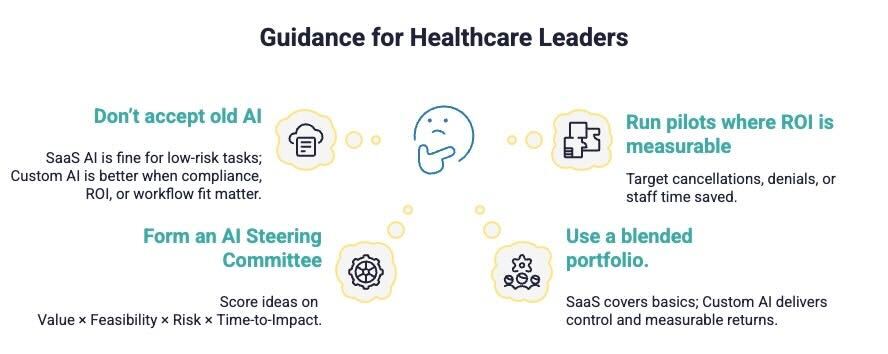
Conclusion
The safe bet isn’t choosing SaaS AI or Custom AI outright — it’s knowing when to use each.
- If it touches compliance, payors, or clinical nuance → Custom AI often with HITL.
- If it’s generic or low-risk → SaaS AI.
- If you want both speed and ROI → Blended.
Healthcare leaders who master this mix won’t just check the “AI box” — they’ll cut costs, reduce risk, and actually improve member and provider experience.
Frequently Asked Questions (FAQ)
How do I decide between SaaS AI and Custom AI?
SaaS is best for quick, low-risk wins. Custom AI is better when compliance, ROI, or workflow fit matter. Use a decision matrix on cost, risk, and flexibility.
How fast can Custom AI show ROI?
Typically 2-3 months for pilots; larger projects may take longer but yield higher returns.
What compliance risks should I watch?
PHI exposure, data retention, lack of audit trails, and regulatory changes. Custom AI from an experienced healthcare focused AI developer reduces these risks.
How do I keep Custom AI future-proof?
Use modular architecture with the ability to change AI models when needed, private vector DBs, governance committees, and pilot-to-scale rollouts.
What operational challenges come with Custom AI?
Staff training, data integration, ongoing monitoring, and resource needs for MLOps and compliance.
Can a blended SaaS + Custom AI approach work?
Yes—use SaaS for generic tasks, Custom for high-value workflows. Set clear boundaries, monitor costs, and ensure governance covers both.
Sources
- Gartner — Hype Cycle for Artificial Intelligence 2025
Enterprises are shifting from AI hype to governance, data readiness, and ModelOps—areas where Custom AI shines.
Read Gartner Report - Gartner — 40% of Agentic AI Projects Will Be Scrapped by 2027
Highlights risk of “AI science projects” without ROI focus.
Read Coverage - Forbes — AI Is Reshaping SaaS Pricing
Per-seat SaaS pricing doesn’t fit AI workloads; usage-based models (common in custom AI) are more sustainable.
Read Article - Forbes — What Is AIaaS and Will It Replace SaaS?
Explores AIaaS as a bridge between SaaS AI and custom AI strategies.
Read Article - Business Insider / AlixPartners — SaaS Vendors Are Getting Squeezed by AI
Shows how SaaS vendors face margin and innovation pressure, making over-reliance risky.
Read Report - Gartner — Magic Quadrant for Conversational AI Platforms
Some SaaS AI vendors do deliver enterprise-grade security and governance, but require careful selection.
Read Analysis


